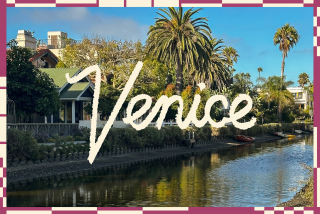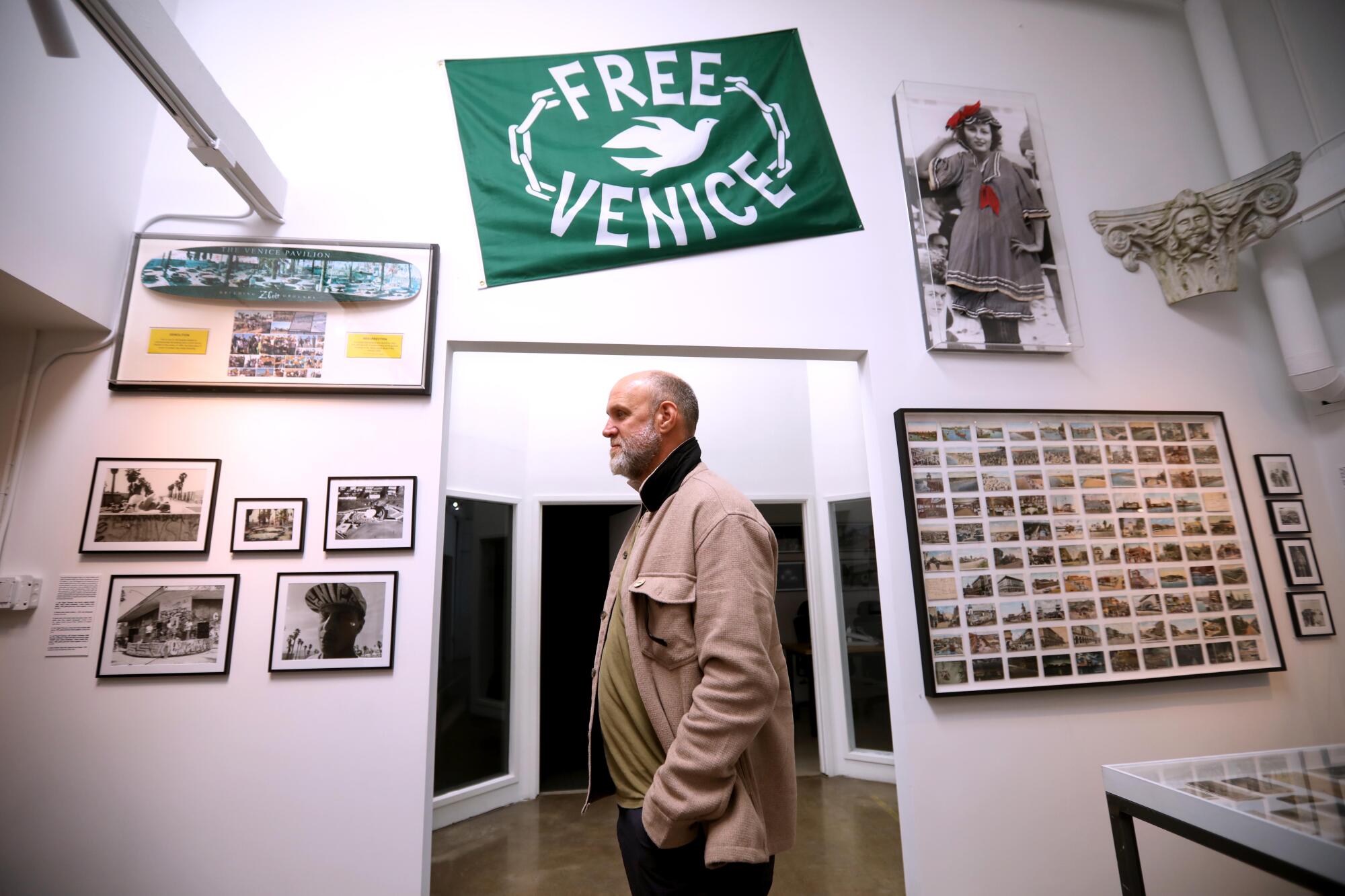
- Share via
History is a complicated subject in a place that embraces reinvention as strongly as Venice Beach, and you can tell by the neighborhood’s murals.
There’s Jim Morrison of the Doors; the cigar magnate Abbot Kinney, widely thought of as Venice’s founder; and Teena Marie, a white soul singer from Oakwood, Venice’s historic Black community. But there’s also Chester the Cheetah, the Chinese philosopher Lao Tzu, Albert Einstein and what feels like one young Arnold Schwarzenegger per block.
One mural even steps on this column’s theme: “Venice Kinesis” features a roller skater posed like the Roman goddess of love in the Botticelli painting “the Birth of Venus” with a speech bubble reading: “HISTORY IS MYTH.”
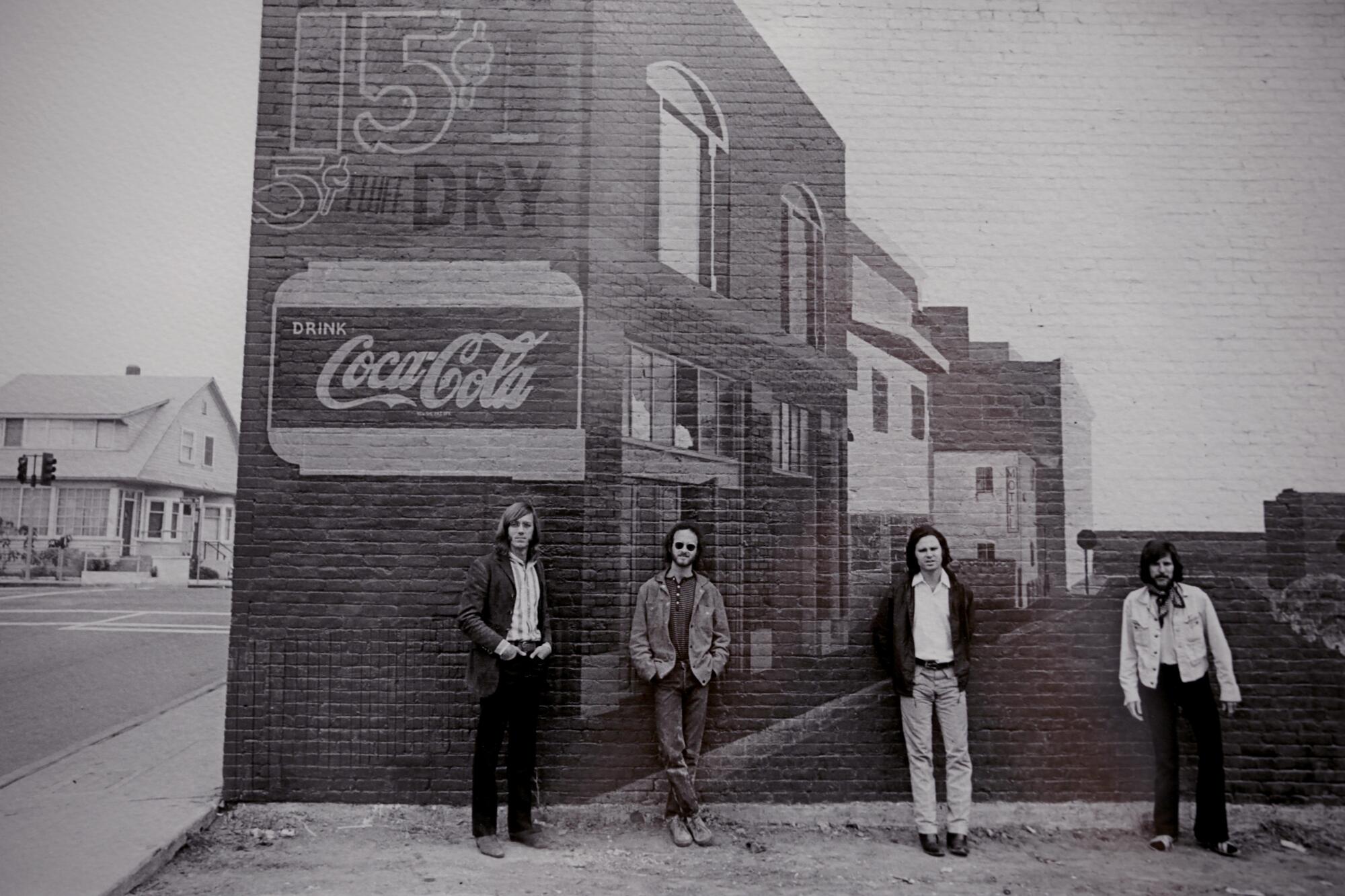
It’s a bit heavy-handed, but I like it because Venice is the kind of place where a lot of myths are true but also where many truths are just well-established myths. It is the cradle of skate and surf culture built on the ruins of an aspirationally European entertainment district. Some also consider it the slum by the sea, a home to everything experimental, creative and countercultural. Equal parts hip hop, punk, soul and rock ’n’ roll.
But reinventions require a blank canvas, so the history of Venice also includes the painful memories of people displaced to make room for the neighborhood’s next evolution — the Black residents of Oakwood, the area’s historic Latino and Japanese American communities, and before them the Chumash and Tongva tribes.
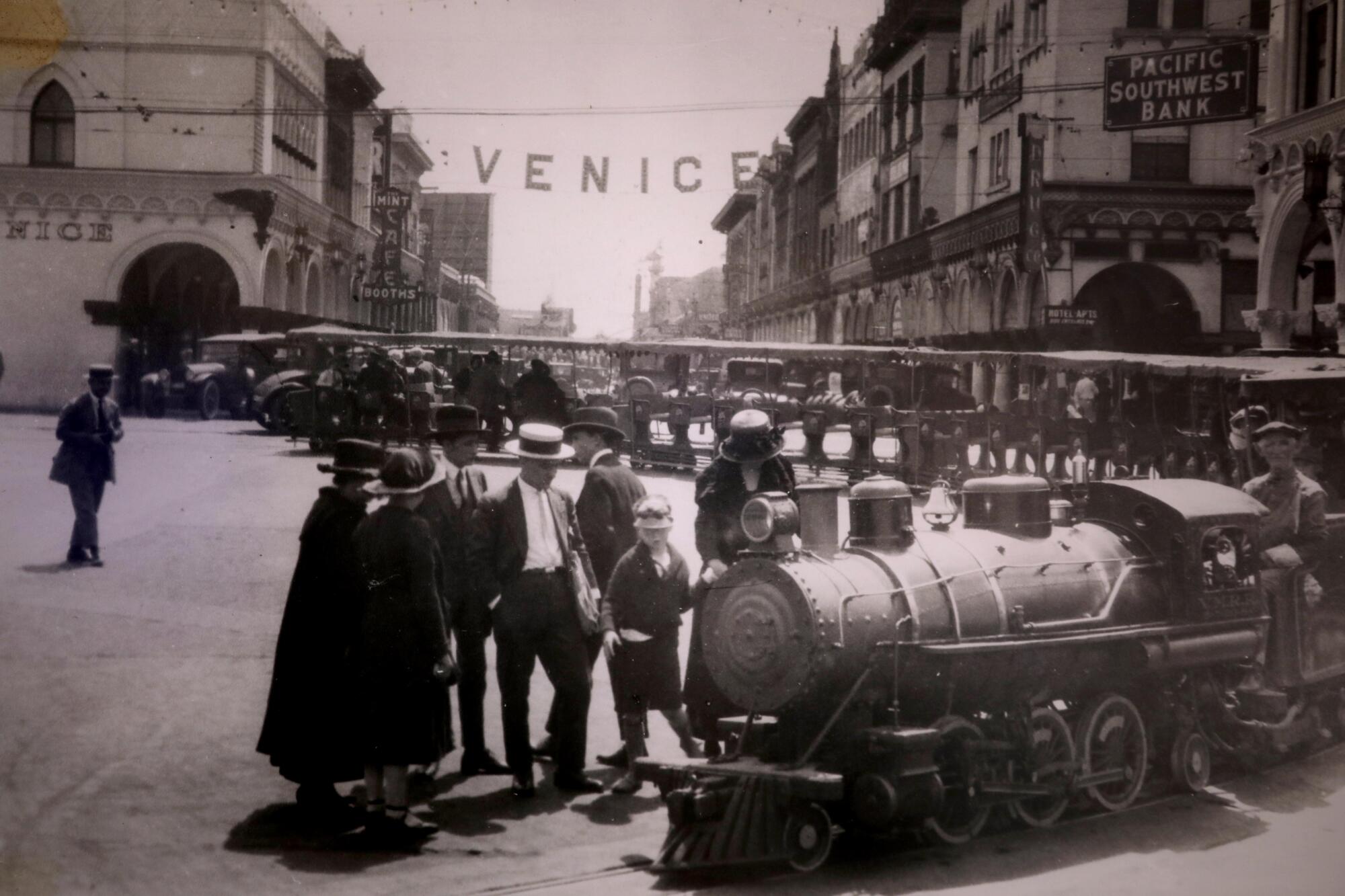
Balancing those narratives is just one small part of the task before the new Venice Heritage Museum, which opened officially on April 20. Manager and curator Anthony Carfello says the theme for the opening exhibit is world-building, a nod to the vast and varied creative energies the neighborhood has attracted over the years.
“We want visitors to come and ask, which Venice? Whose Venice? Venice from when?” Carfello said.
The exhibit starts by placing the traditional history of Venice’s construction next to a reprint of the Hippie Phone Book, a lovingly illustrated Yellow Pages-style guide to the community’s characters and businesses from the 1970s. Each room is meant to introduce another world in Venice’s historical multiverse.
It’s a lot to try to fit into a few hundred square feet and five rooms.
“In history you’re always prioritizing something and leaving something else out,” Carfello said. “So you hope to have an audience that understands that.”
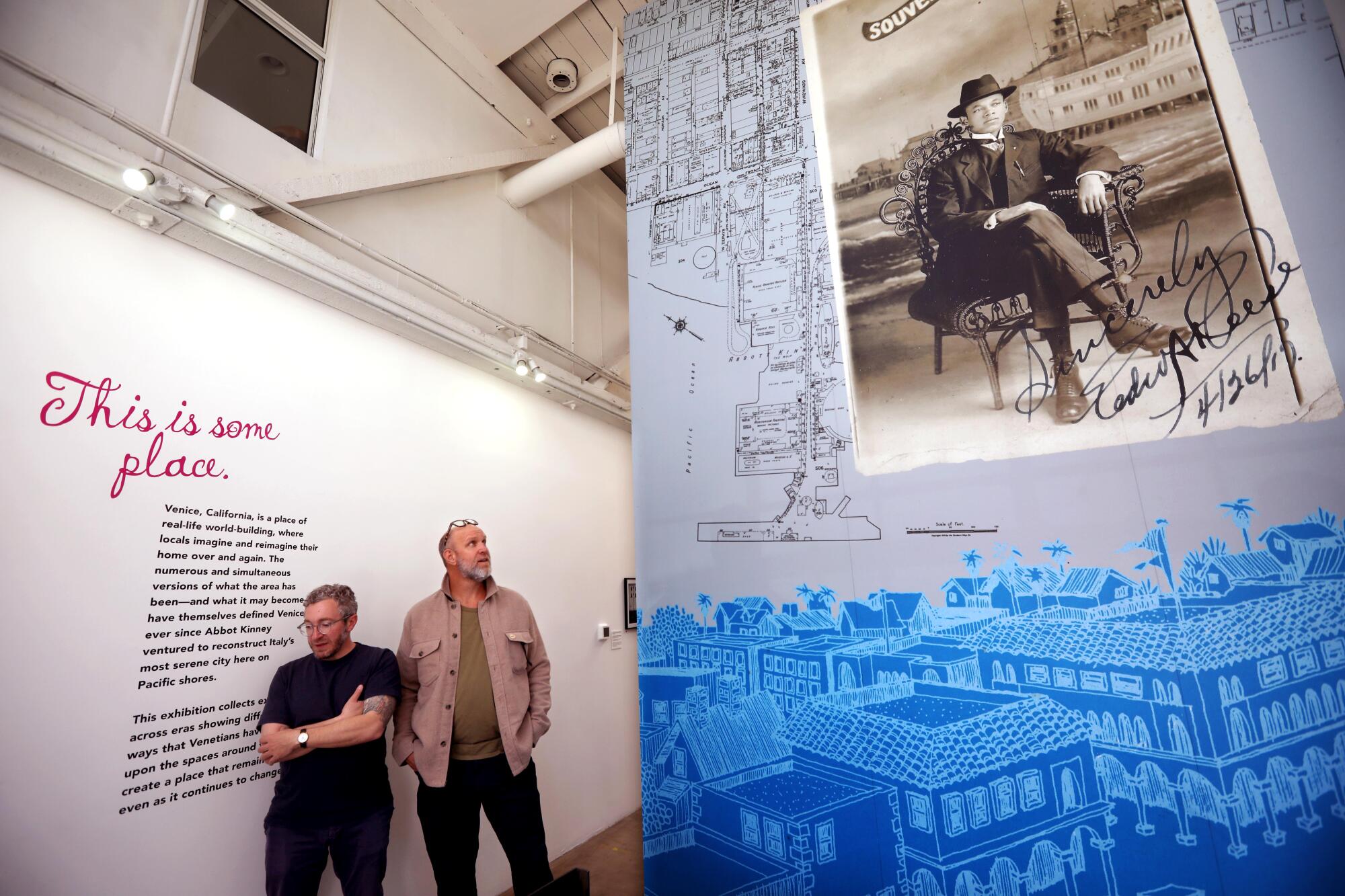
For anything left out, Carfello says, the museum is seeking materials for future exhibits. He encourages anyone with vivid memories of Venice to donate documents and share their histories.
For the record:
12:23 p.m. May 17, 2024A previous version of this column referred to a project for Black economic empowerment as Power, Inc. The correct name of the effort is Action, Inc. The column also incorrectly identified the person pictured in an enlarged museum photo as Arthur Reese. The photo is of Edward Reese, Arthur’s brother.
Naomi Nightingale, a Venice native, professor and historian, contributed materials for the part of the exhibit that addresses Action , Inc., an ambitious plan by a group of investors to build a center for Black commerce and suburban residential life. But she says she still has questions about the museum.
Nightingale has seen plenty of worlds built in her years in Venice, but what has affected her more is their dismantling. She remembers the names of the Black families who had to sell their houses so the city could build a dog park. She can recall the city outreach meetings for zoning and planning changes that turned Venice into a real estate cashbox decades ago and how few people showed up.
“The everyday person in Venice was blindsided by the real estate takeover,” Nightingale said. “Because when you are treated as if nobody cares about you for years, you begin to believe it. And so you make it on your own.”
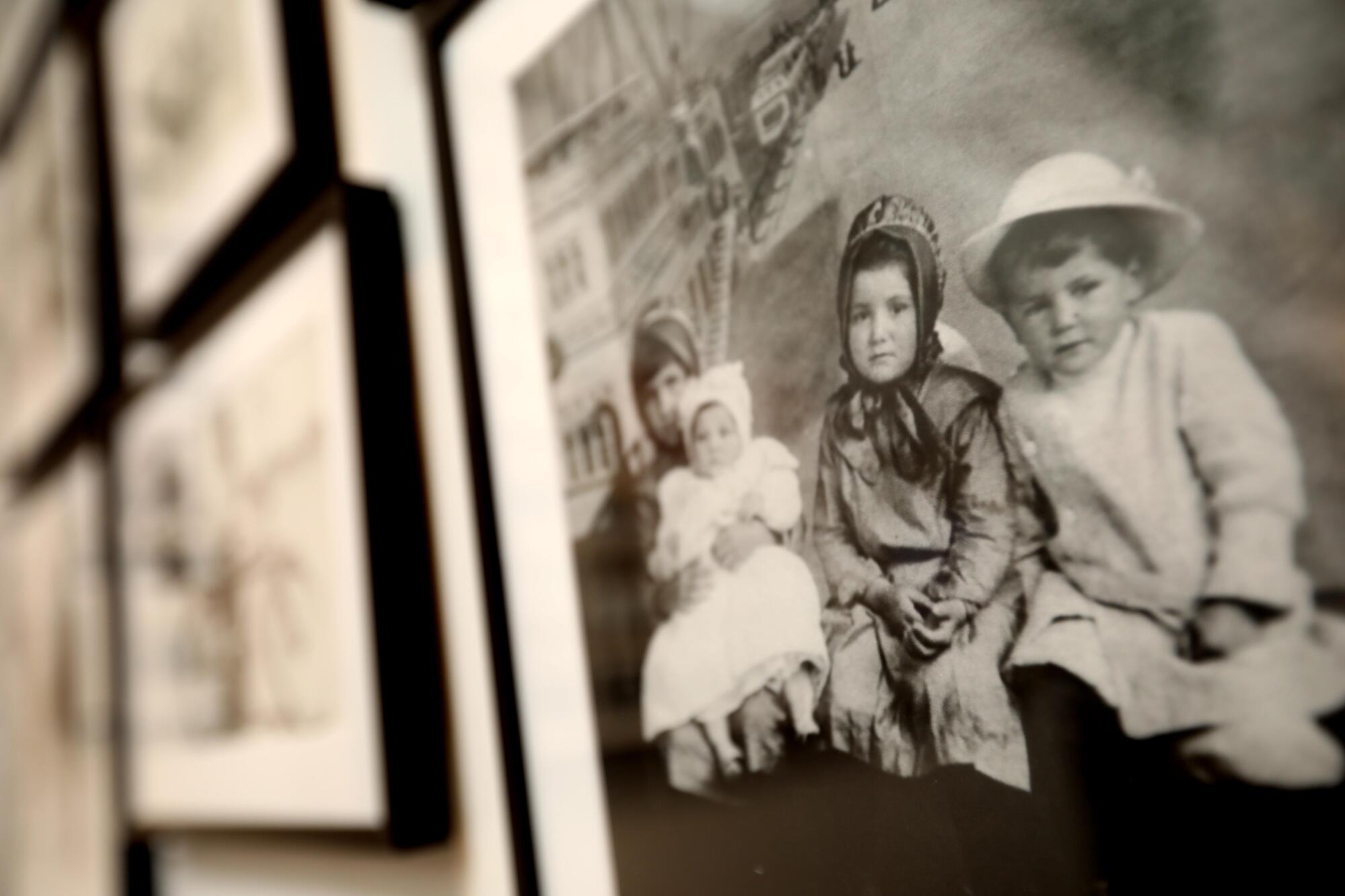
She was born during a time when Black people couldn’t buy houses east of Lincoln Boulevard, but they made good lives anyway. It was a place where you might put on your slippers at night and run down the street for a gallon of milk. Less surfing and bongs, more picnics at the beach, and grocery stores that would let you run a tab because the owner knew your parents. They had to sit in the back of the local movie theater, but at least they could still go.
“Even if you grew up poor, you still do enjoy your life, figure out how to be happy, if only because you don’t know any other way,” Nightingale said.
She’s troubled by how many people never knew there was a Black community in Venice. It’s hard to focus on preserving history when she sees the Oakwood of her youth fade a little more each day. She’s hoping history can draw attention to modern-day gentrification.
“They continue to build proverbial train tracks, with us on the other side,” Nightingale said.
History, especially in Venice, is biased toward the wild, weird and wondrous. We remember a compelling story more easily than we remember a true one. For example, Kinney is widely credited as the founding father of Venice, which was inspired by his childhood trips to Europe.
But I was surprised to find local newspaper records in the museum showing developers had broken ground on a project pitched as a “modern Venice” in 1902, three years before Kinney’s project opened. And the whimsical visuals that Venice became known for were actually designed and built by Arthur Reese, who became one of the area’s first Black residents.
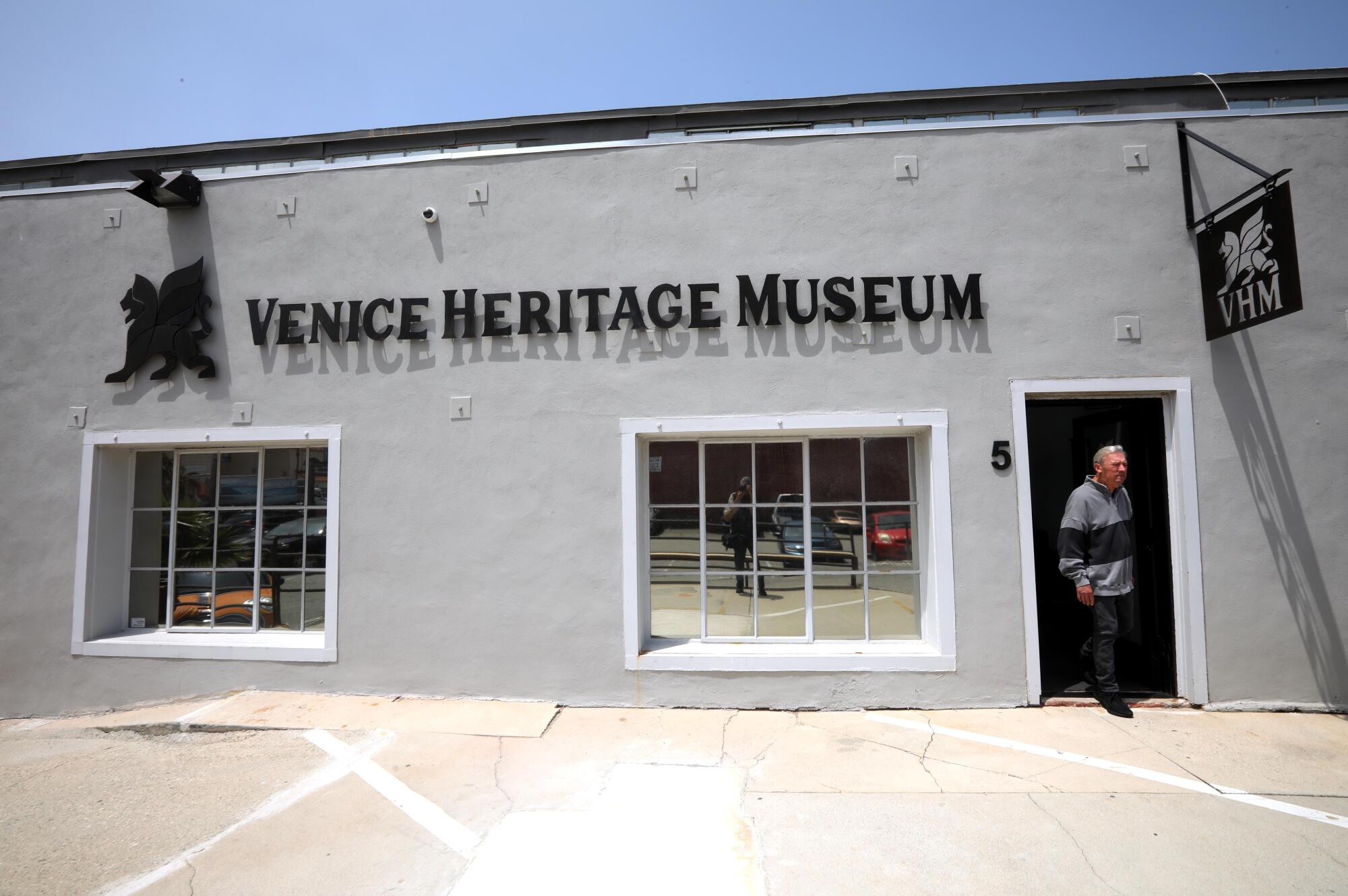
Reese’s brother, Edward Reese is the first thing you see when you walk into the museum, an enlarged photo that depicts him with the ceremony befitting one of Venice’s founding fathers. Carfello hopes future exhibits can take on some of the neighborhood’s untold histories. Future exhibition subjects might include gang injunctions, Chicano community histories and Venice Beat poets, he said.
“We wanted to present the history of this place, but we also want to give visitors a new way of thinking about history,” Carfello said.
More to Read
Sign up for Essential California
The most important California stories and recommendations in your inbox every morning.
You may occasionally receive promotional content from the Los Angeles Times.


